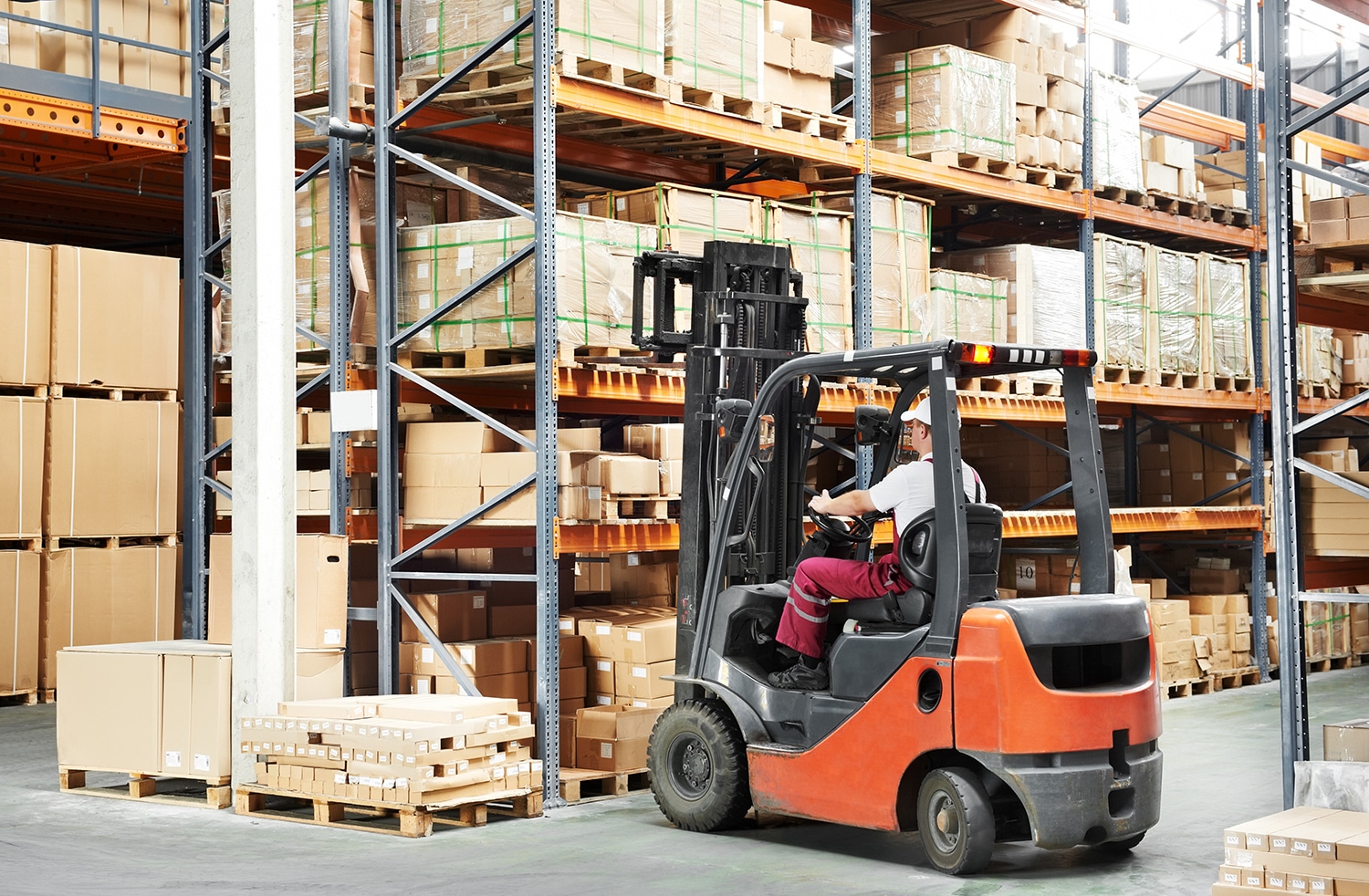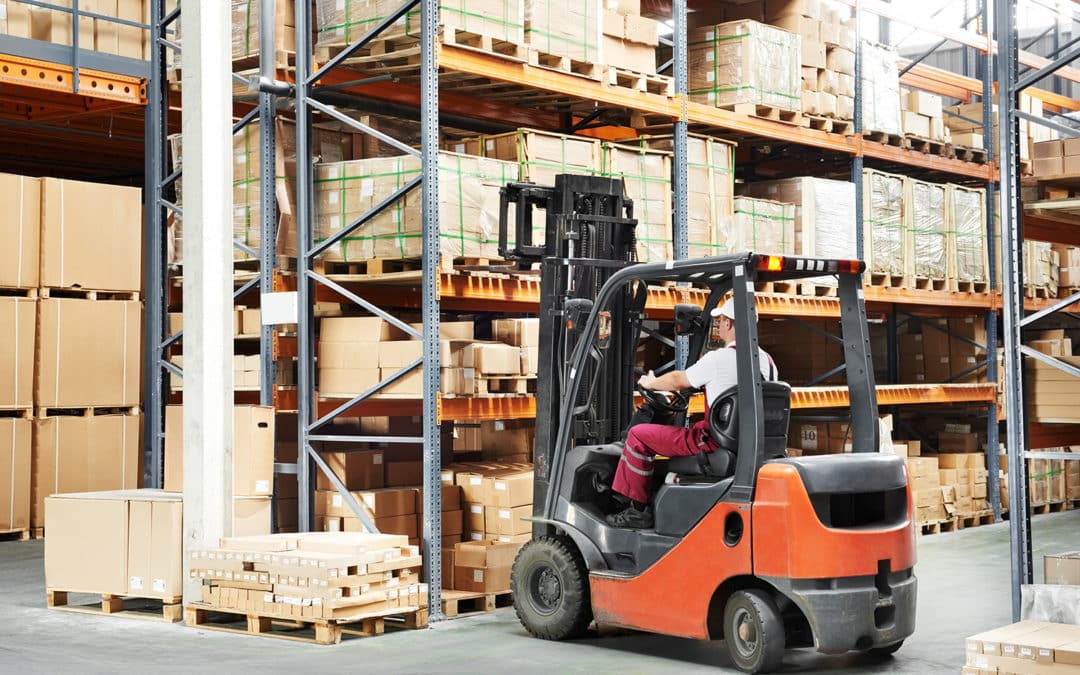
You’ve heard it before, but maybe you’ve never heeded the advice; it’s always better to be proactive rather than reactive. When it comes to the materials handling equipment used in your warehouse or facility, proactive maintenance couldn’t be more important.
Maybe you’re not convinced. After, there’s another saying you could live by; if it ain’t broke, don’t fix it. We’re here to say when it comes to heavy and hazardous materials handling equipment, broken often means unsafe, maybe even lethal.
What is Proactive Maintenance?
Proactive maintenance, preventative maintenance, or simply PM; they’re all different terms for the same thing. To put it simply, PM is a maintenance strategy meant to mitigate unplanned downtime and equipment failures while keeping your employees safe by reducing the risk of faulty equipment. To distill it even further; it’s staying ahead of issues before they become real problems.
PM requires a workflow or process, which also necessitates some form of asset management. You need to inventory your equipment, measure conditions that contribute to potential equipment failures and have a process for when your workflow indicates a failure is imminent.
There Are Various Types of Proactive Maintenance
We typically break PM down into 3 primary categories, which we’ll explain. PM in all forms is important to a healthy warehouse and/or facility culture.
Preventative Maintenance
Preventative maintenance is used in conjunction with asset management to identify potential issues with equipment. Maintenance can be identified in a variety of ways; based on the amount of usage, through a calendar reminder, or even based on asset software that uses predictive algorithms.
Routine Maintenance
Just like how you know to change the oil in your car after a certain number of miles, operators or equipment managers can identify maintenance based on a set of conditions like time, usage, or a calendar day. Routine maintenance is typically manually identified and maintained.


Condition-Based Maintenance
In more sophisticated equipment, sensors within a vehicle can integrate with maintenance software, alerting to the need for maintenance or repairs based on the data received by those sensors. This approach alleviates much of the guesswork from maintenance frequency.
There Are Clear Benefits to Proactive Maintenance
There are some obvious and not so obvious benefits to PM. Let’s take a look at what you can stand to gain if you take a proactive approach to materials handling equipment maintenance.
- Less downtime, especially unplanned downtime
- Increases equipment reliability and availability
- Higher and longer rate of productivity
- Safer working conditions lead to higher morale
When it Comes to Materials Handling Equipment, You Need a Strategy
Yes, with proper PM you must have a strategy in place, which often requires asset management. However, a higher level of organization is a good thing; it forces you to take a closer look at your equipment inventory and truly appreciate what you have in the process.

